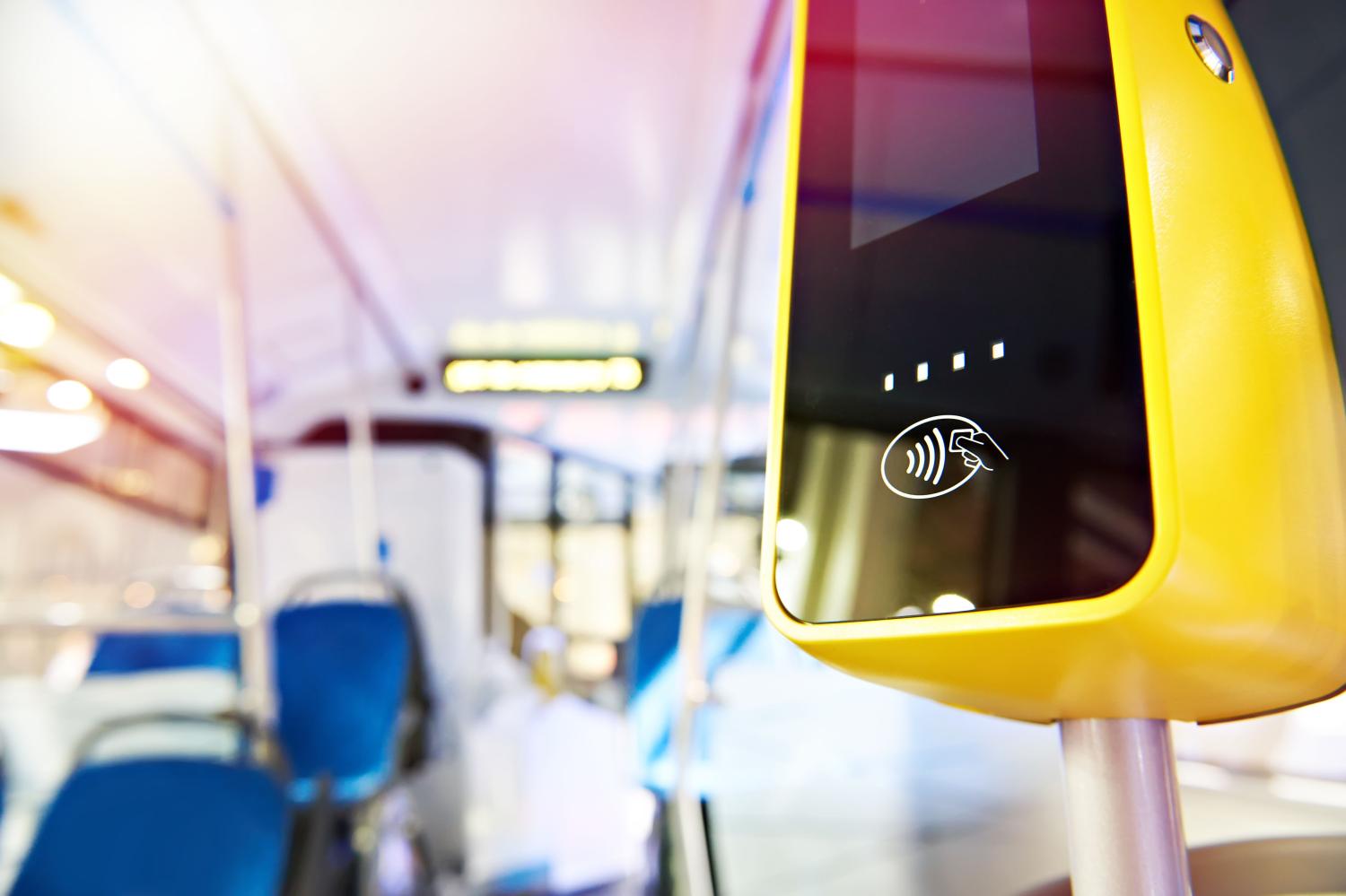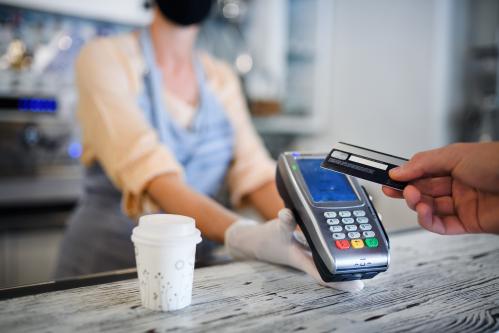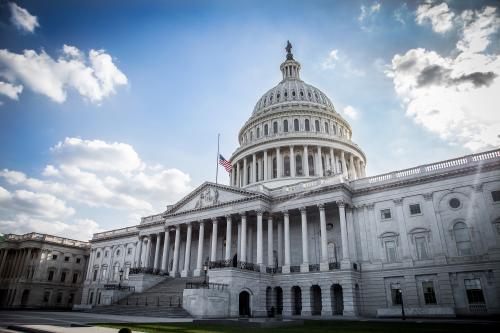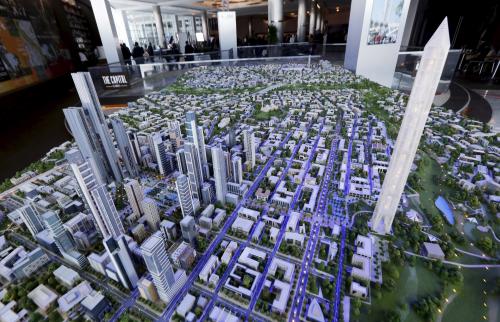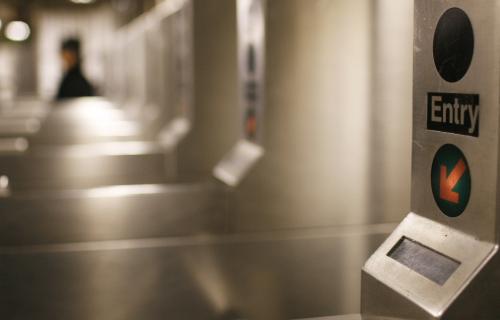Summary
America’s payment system is transforming as methods of transacting digitally grow. Digital transactions offer the opportunity to move money faster, cheaper, and more conveniently for customers and businesses. Digital transactions can also unlock new methods for businesses to operate; the online economy is only possible because of online payments.
Our current payment system has solved one set of challenges to unlock the new economy, but the system causes significant problems for others. The current system has a cost structure that is expensive for digital micro-payments, which are small dollar payments. Furthermore, digital payments require accessing digital currency which is easy for the wealthy but can be expensive for those with less income. Finally, digital payment acceptance is fragmented, cumbersome, and slow, creating delays.
These problems form a perfect storm when it comes to transit agencies. Public transit has a large share of low-dollar, high-volume payments. Transit agencies face unique challenges in adapting their fare payment systems to best meet the needs of riders while simultaneously solving concerns regarding user ease, speed, interoperability, and costs. Public transit is generally funded by a combination of user fees and subsidies by multiple levels of government. Federal, state, and local governments have all embraced public transit to serve multiple goals of providing basic mobility, supporting equity, catalyzing economic growth, and creating a more sustainable transportation system. The federal government’s recent infrastructure legislation is a historic investment in transit that provides transit agencies a unique opportunity to improve payment collection systems. To achieve this, payment systems have to become more efficient and effective for low-dollar, high-volume transactions, a key characteristic of transit fare payments.
Enhancing payment efficiency for low-dollar, high-volume payments offers benefits beyond public transit as America’s infrastructure and mobility methods rapidly evolve. Electric vehicle charging, e-bikes, scooters, tolls, and even traditional parking meters have moved into digital payments, which, similar to transit, often result in low-dollar, high-volume transactions. Transportation technology is rapidly evolving in a direction that involves greater use of micro-payments which exposes many problems in America’s payment system.
A payment is comprised of two parts: the transfer of money and the information necessary to conduct that transfer (e.g., who is paying whom, how much, from where, and when). While the information necessary for a payment often goes through non-bank firms, the settlement of money is currently bank-centric with most funds flowing through financial institutions. Non-bank companies, including technology firms providing card systems, messaging firms providing information services, and processing firms, have played critical roles in managing the flow of information and the methods in which payments are transacted, although increasingly, they are also participating in the flow of funds.
This paper lays out the challenges inherent in scaling up open payments in the public transportation context and begins to outline potential paths for solutions. It begins with an overview of the current landscape of transit payments, followed by a discussion of existing and emerging payment systems, including how those systems currently operate, the costs of the systems, and who bears those costs. It then considers the specific issues involved in moving toward open payments from the perspective of public transit agencies. It concludes with a potential path for solutions.
Download the full paper here.
This research was funded in part by the Capitol Corridor Joint Powers Authority. Other than the aforementioned, the author did not receive financial support from any firm or person for this article or from any firm or person with a financial or political interest in this article. The author is not currently an officer, director, or board member of any organization with a financial or political interest in this article.
The Brookings Institution is financed through the support of a diverse array of foundations, corporations, governments, individuals, as well as an endowment. A list of donors can be found in our annual reports published online here. The findings, interpretations, and conclusions in this report are solely those of its author(s) and are not influenced by any donation.

